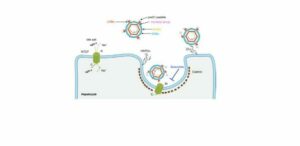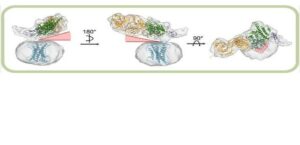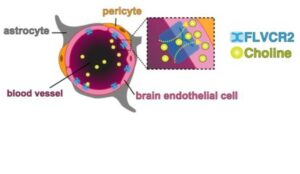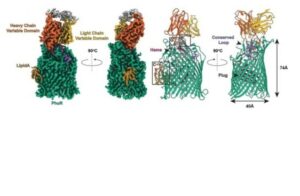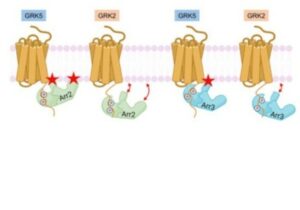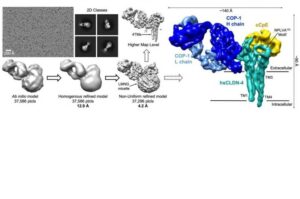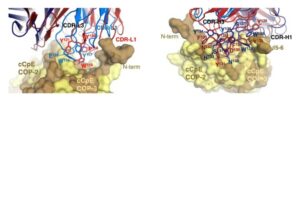Hongtao Liu, Dariusz Zakrzewicz, Kamil Nosol, Rossitza N Irobalieva, Somnath Mukherjee, Rose Bang-Sørensen, Nora Goldmann, Sebastian Kunz, Lorenzo Rossi, Anthony A Kossiakoff, Stephan Urban, Dieter Glebe, Joachim Geyer, Kaspar P Locher
Nature Communications volume 15, Article number: 2476 (2024)
PMID: 38509088 PMCID: PMC10954734 DOI: 10.1038/s41467-024-46706-w
Cellular entry of the hepatitis B and D viruses (HBV/HDV) …

